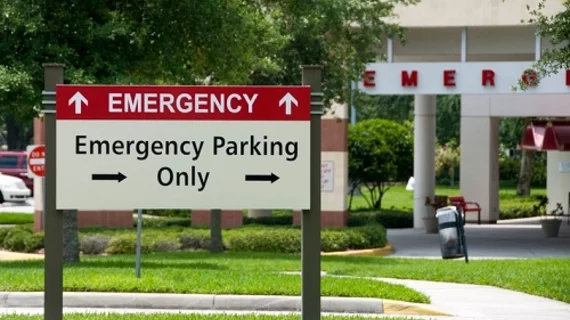AI-powered ECGs improve care for high-risk heart patients
Each year, more than one million patients present at emergency departments (EDs) due to a shortness of breath—and that number ballooned in 2020 due to concerns over potential COVID-19 infections. According to a new analysis published in Circulation: Arrhythmia and Electrophysiology, electrocardiograms (ECGs) enhanced by AI algorithms can identify when the patient is experiencing heart failure more effectively than standard blood tests.
“Determining why someone has shortness of breath is challenging for ED physicians, and this AI-enabled ECG provides a rapid and effective method to screen these patients for left ventricular systolic dysfunction (LVSD),” lead author Demilade Adedinsewo, MD, MPH, chief fellow in the division of cardiovascular medicine at Mayo Clinic in Jacksonville, Florida, said in a statement.
Adedinsewo and colleagues retrospectively used an AI-powered ECG to identify LVSD in more than 1,600 adult patients. All patients originally received treatment from May 2018 to February 2019, and patients with a history of LVSD were excluded.
Overall, the team’s AI model achieved an area under the ROC curve (AUC) of 0.89, accuracy of 85.9%, sensitivity of 74%, specificity of 87%, negative predictive value of 97% and positive predictive value of 40%.
For the study’s secondary outcome, the identification of an ejection fraction of more than 50%, the AI model achieved an AUC of 0.85, accuracy of 86%, sensitivity of 63% and specificity of 91%.
For the patients who had blood tests done, that test identified LVSD with an AUC of 0.80. When the AI-powered ECG was combined with the blood test, it added a “marginal incremental value,” moving the AUC from 0.89 to 0.90.
“AI-enhanced ECGs are quicker and outperform current standard-of-care tests,” Adedinsewo said. “Our results suggest that high-risk cardiac patients can be identified quicker in the emergency department and provides an opportunity to link them early to appropriate cardiovascular care.”

